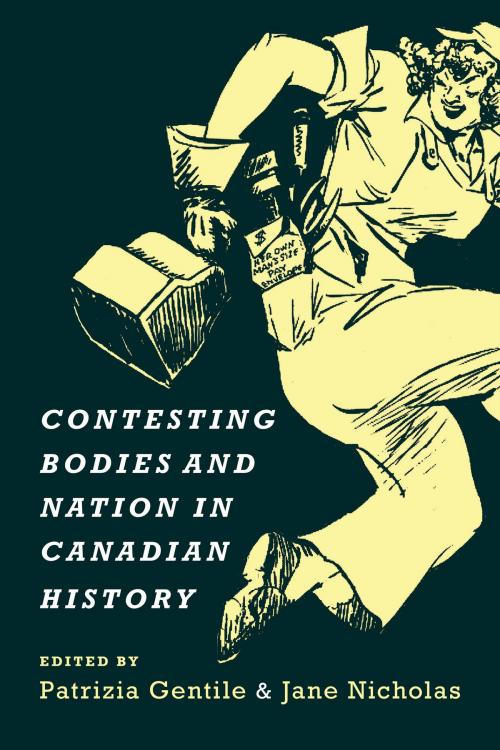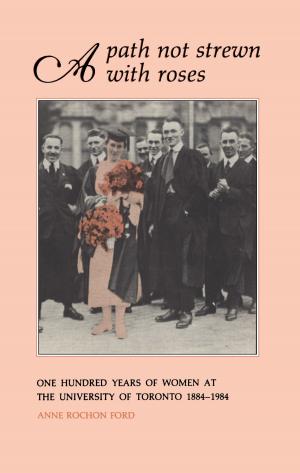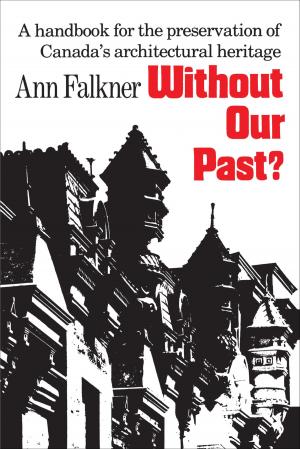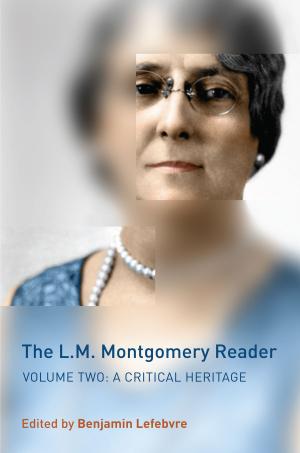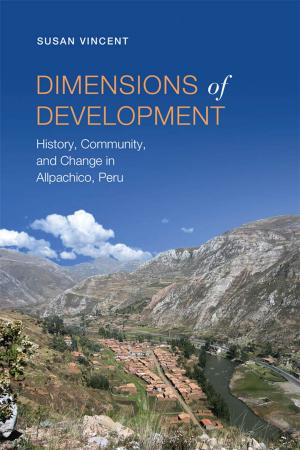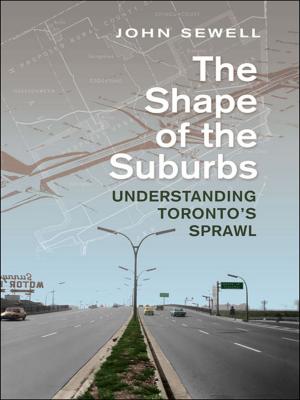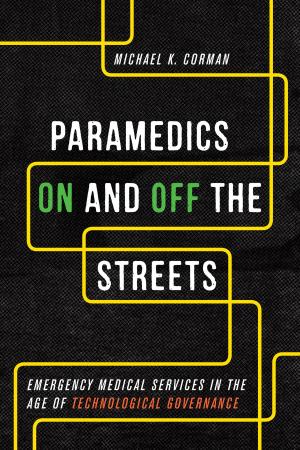Contesting Bodies and Nation in Canadian History
Nonfiction, History, Americas, Canada, Social & Cultural Studies, Social Science, Cultural Studies, Popular Culture| Author: | Patrizia Gentile, Jane Nicholas | ISBN: | 9781442663169 |
| Publisher: | University of Toronto Press, Scholarly Publishing Division | Publication: | December 6, 2013 |
| Imprint: | Language: | English |
| Author: | Patrizia Gentile, Jane Nicholas |
| ISBN: | 9781442663169 |
| Publisher: | University of Toronto Press, Scholarly Publishing Division |
| Publication: | December 6, 2013 |
| Imprint: | |
| Language: | English |
From fur coats to nude paintings, and from sports to beauty contests, the body has been central to the literal and figurative fashioning of ourselves as individuals and as a nation. In this first collection on the history of the body in Canada, an interdisciplinary group of scholars explores the multiple ways the body has served as a site of contestation in Canadian history in the nineteenth and twentieth centuries.
Showcasing a variety of methodological approaches, Contesting Bodies and Nation in Canadian History includes essays on many themes that engage with the larger historical relationship between the body and nation: medicine and health, fashion and consumer culture, citizenship and work, and more. The contributors reflect on the intersections of bodies with the concept of nationhood, as well as how understandings of the body are historically contingent. The volume is capped off with a critical introductory chapter by the editors on the history of bodies and the development of the body as a category of analysis.
From fur coats to nude paintings, and from sports to beauty contests, the body has been central to the literal and figurative fashioning of ourselves as individuals and as a nation. In this first collection on the history of the body in Canada, an interdisciplinary group of scholars explores the multiple ways the body has served as a site of contestation in Canadian history in the nineteenth and twentieth centuries.
Showcasing a variety of methodological approaches, Contesting Bodies and Nation in Canadian History includes essays on many themes that engage with the larger historical relationship between the body and nation: medicine and health, fashion and consumer culture, citizenship and work, and more. The contributors reflect on the intersections of bodies with the concept of nationhood, as well as how understandings of the body are historically contingent. The volume is capped off with a critical introductory chapter by the editors on the history of bodies and the development of the body as a category of analysis.
